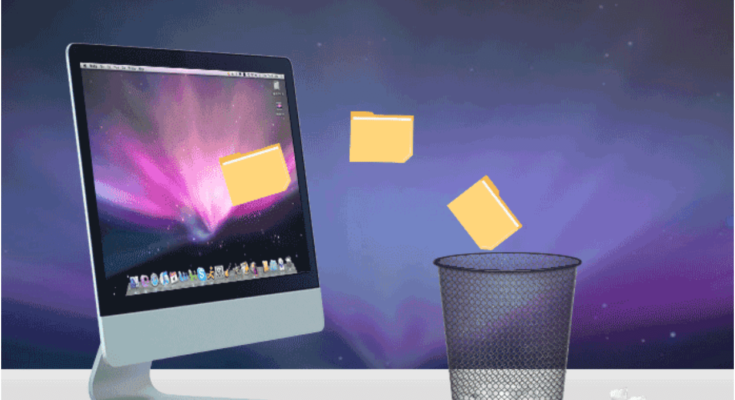How To Remove Unwanted Files From Mac: Step By Step Guide
Table of Contents
Removing the files that eat up unnecessary system storage is extremely tedious. You need to recognize the files and remove them. The process is laborious and time-consuming. Cleaning your Mac and getting rid of the unwanted files all by yourself might sound tough but it is not impossible.
Do you want to permanently remove the items that take up unnecessary system storage? Are you looking for a step by step and an easy to follow guide to remove those unwanted files? If you are looking for an automatic solution to removing unwanted files from your Mac, then you should consider downloading one of the best mac cleaner software.
This article will show you some ways and methods by which you can easily remove the unnecessary files from your Mac.
We have compiled a list of basic steps to guide you on how you can clean up your Mac. Let’s check out these methods:
Basic steps to guide you on how you can clean up your Mac:
#1. Clean your Mac automatically
This picture shows which element of your Mac uses the system storage and by how much.
You can easily remove large files and programs from your Mac, but what about the hidden files, cache, logs and tons of app leftovers? You need to be smarter and faster to remove these files.
You may spend several hours cleaning your Mac and taking care of the storage or you can get a Mac cleaner software to tackle these problems.
These applications detect the programs, files, folders and utilities that are useless. Mac cleaning utility can easily identify the hidden files and items that take up unnecessary storage on your Mac.
Following are the steps that will help you:
- Download and install the app
- Run the application
- Go to system junk
- Click on the ‘System Scan’ button
- Click on the ‘Clean’ option
#2. Clean up the cache memory
Cleaning up the cache memory is one of the important steps to clean up the hard disk. You might have come across ‘Remove the cache’ or ‘manage the cache’ as a troubleshooting tip. Your Mac stores tons of information and files called as cache.
These files allow faster access to the data and reduce the need to get it from the source again. Sadly, these files take tons of valuable storage space and slow down the system. If you want to give your Mac a power boost, you need to get rid of the cache files.
#3. Uninstall the programs you do not use
Do you love to have new programs and applications that increase your productivity? Do you remove the old and large apps and programs from your Mac? It is important to remove the programs and applications that you no longer use.
To uninstall the programs, follow these steps:
- Launch the ‘Finder’ utility
- Click the option ‘Applications’
- Select the apps you want to remove
- Delete the applications
Every time the application you delete from a particular location goes to the Trash. You need to remove that particular app from the Trash as well.
These are some steps:
- Open Trash.
- Click the Empty button in the upper-right corner of the window
#4. Delete the old iOS backups
Backing up your files is a way to keep them handy for future use. With time, your Mac becomes a storage device having several backups. These backups unnecessarily consume gigabytes of your valuable system storage. You should permanently remove the old iOS backups you no longer need.
To delete the backups, you need to carry out the following steps:
- Click on the Apple menu
- Click on the option ‘About this Mac’
- Select the ‘Storage Tab’
- Click on the option ‘Manage’
- Choose the ‘iOS files’ option
- Select the backup you want to remove permanently
Final Words
So these are some ways by which you can remove the unwanted files and items from your Mac. Low disk space may cause system crashes or freezing problems.
It is very important to have at least 10% of disk space to allow the system to perform tasks and operations smoothly. If you want to boost the performance of your Mac, you need to cut down the unnecessary items that use resources and lessen the burden on the processor.



